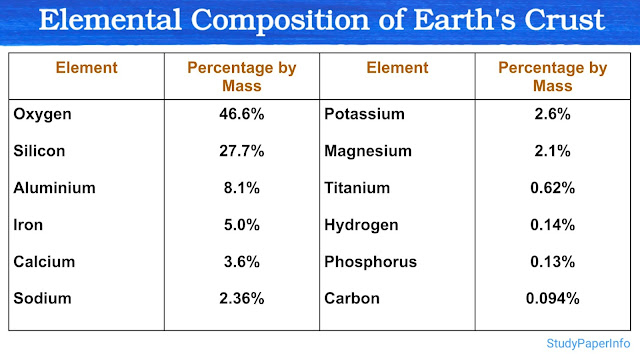Define fibroblasts
Fibroblasts are a type of connective tissue cell that originate from mesenchymal stem cells. They are specifically classified as non-epithelial, non-immune and non-muscle cells. This means that fibroblasts do not belong to the epithelial cells (which form linings of organs and body surfaces), they are not part of the immune cell system (like macrophages or lymphocytes) and they are not muscle cells (like smooth or skeletal muscle). Instead, fibroblasts form a distinct population of structural cells that are found in the interstitial spaces, which are the spaces between functional cells of almost all organs. In these spaces, fibroblasts play a key role in maintaining the extracellular matrix (ECM) and supporting tissue architecture.
Fibroblasts are specialized connective tissue cells that play a crucial role in maintaining the structural framework of tissues by producing extracellular matrix (ECM) components, such as collagen, elastin and glycosaminoglycans. They are a type of mesodermal-derived cell, meaning they originate from the mesoderm layer during embryonic development.
Structure of Fibroblasts
Fibroblasts are spindle-shaped (elongated) cells with a large oval or elongated nucleus. The cytoplasm is basophilic, meaning it stains easily with basic dyes due to the presence of ribosomes and rough endoplasmic reticulum, which are involved in protein synthesis. The presence of numerous cytoplasmic extensions allows fibroblasts to spread throughout the connective tissue, making them highly adaptable to the surrounding environment.
In their active state, fibroblasts are metabolically active, and they exhibit rich rough endoplasmic reticulum and Golgi apparatus which are involved in the production and secretion of proteins such as collagen, elastin, fibronectin and proteoglycans. These proteins are essential for the formation of the ECM, which provides structural support to tissues and organs.
Types of Fibroblasts
There are two primary types of fibroblasts:
- Active fibroblasts:
- These cells are metabolically active and have a prominent nucleus with an abundant rough endoplasmic reticulum. These cells are involved in the production of extracellular matrix (ECM) components like collagen, elastin, and glycosaminoglycans. They are larger, with an abundant cytoplasm and well-developed organelles for protein synthesis.
- Quiescent fibroblasts:
- Also known as fibrocytes, these cells are in a resting state and are less active in protein synthesis compared to their active counterparts. They have a smaller cytoplasm and a more condensed nucleus. Their primary function is to remain in a resting state until they are activated during injury or stress.
Functions of Fibroblasts
- Collagen synthesis: Fibroblasts produce collagen, an essential structural protein, which forms the extracellular matrix and provides tensile strength to connective tissues.
- Tissue repair and wound healing: Fibroblasts are pivotal in wound healing. They migrate to the site of injury, proliferate, and synthesize extracellular matrix components necessary for tissue repair.
- Elastin production: In addition to collagen, fibroblasts also produce elastin, a protein that provides elasticity to tissues such as the skin, lungs and blood vessels.
- Secretion of growth factors: Fibroblasts secrete various growth factors, including transforming growth factor-beta (TGF-β), which are essential for the regulation of tissue homeostasis and repair processes.
- Regulation of extracellular matrix composition: Fibroblasts play a key role in maintaining the balance between the synthesis and degradation of extracellular matrix components, thus ensuring tissue integrity.
- Role in inflammation: During tissue injury, fibroblasts participate in inflammatory responses by secreting cytokines and other signaling molecules that help in modulating immune responses.



Comments
Post a Comment